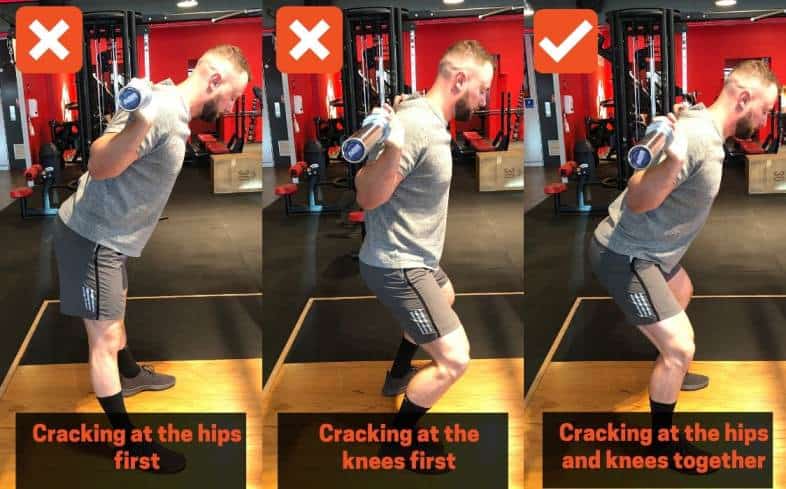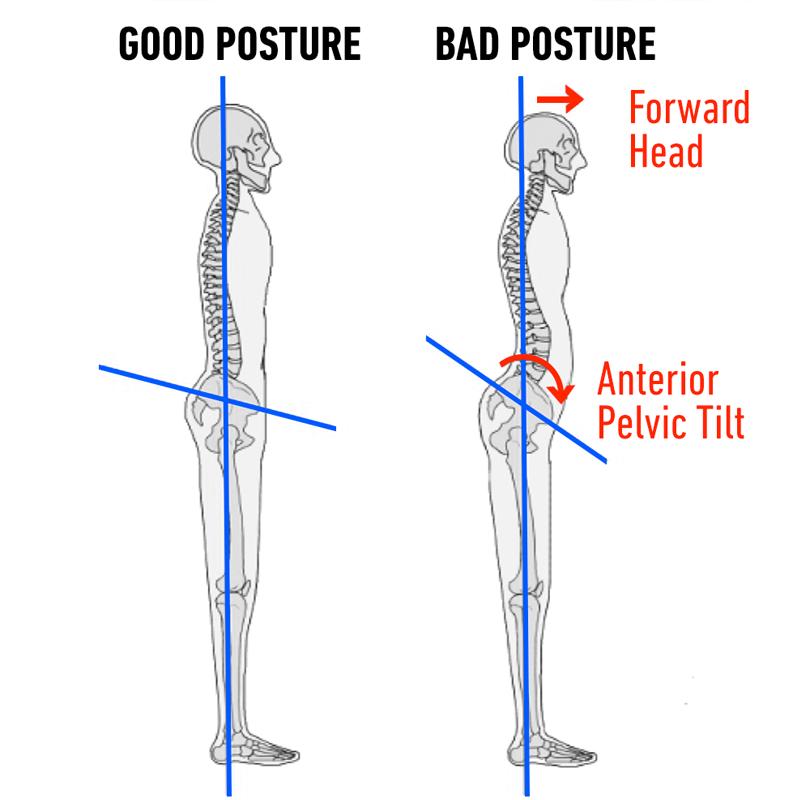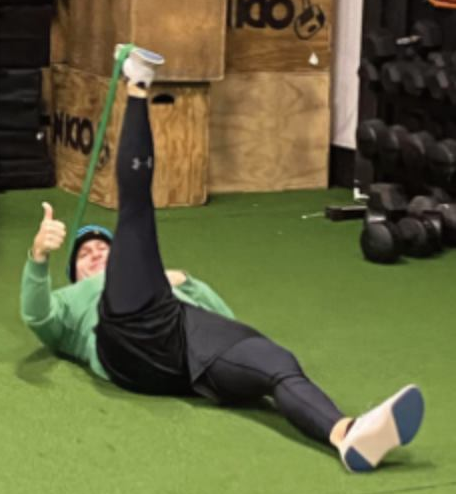No Pain, All Gain
by Erik Castiglione
Pain, specifically physical pain, is so common in our society that it’s considered normal. I’m sure you know of many people who have back pain, or knee pain, or shoulder pain, or what have you. You might even have some yourself. And hopefully, exercise helps alleviate some of your pain, rather than create more. Still, because it’s so common for so many people, many of us have been conditioned to push through pain during exercise. “No pain, no gain,” is a common refrain when we train (hey, that rhymed too!). It’s time to retrain our thought processes. Our mantra should be “No pain, ALL gain.”
When it comes to resolving our pain issues, we need a three-pronged approach. Step 1 is the simplest one: if it hurts, STOP! If a movement is hurting you, something is wrong. Ask a coach to watch you move. Sometimes, we have sequencing issues that can cause pain. For example, if you initiate a squat with your knees first instead of using your knees and hips together hips, you may have knee pain. Or, you may be out of position, which could cause back or other joint pain. If a coach can’t fix your movement pattern due to mobility restrictions, at the very least we can limit your range of motion, or substitute the movement for something similar that doesn’t hurt.

Step 2: work on your range of motion limitations. Avoidance is never a way to solve problems, but we use it in step 1 so that training doesn’t hurt. The next step is to start resolving that problem. Now, a word of caution here – just because something hurts, doesn’t mean that that’s where the problem lies. For example, when I have shoulder pain, it’s the front of my shoulder that hurts. Digging/rolling it out and stretching doesn’t help, and occasionally aggravates the inflamed area. My issue is with my posterior shoulder being tight, and it forces the bone forward in the joint. This in turn aggravates the soft tissue in the front of the joint.
Similarly, many people in the gym have told me that they have “tight hamstrings.” If you’re constantly rolling/stretching them without any resolution, then your hamstrings aren’t the issue.
You may have chronic anterior pelvic tilt (APT), which artificially “shortens” the hamstrings. Posture is the issue here. Or, you may have weak gluteal muscles. This is very common in people who sit a lot – they don’t know how to fire their glutes anymore, so they don’t use them. Instead, all hip extension is performed by the hamstrings, leaving them overworked and feeling tight. Most likely, it’s a combination of APT and weak glutes, as they often go hand in hand.

It can be very difficult to self-evaluate these issues, so how can you figure out what’s going on? Lucky for you, we have a Physical Therapist on staff that specializes in diagnosing and treating these dysfunctions. Dr./Coach Beth Manion is available for PT sessions on Thursdays, so you can book an assessment and any necessary follow-up treatment by emailing her at beth@vikingathletics.net. Or, feel free to participate in our upcoming mobility challenge, which Coach Beth will be running. Either option will help you diagnose your issues, and provide you with mobility exercises to perform so that you can work on step 2. And, even better, Coach Beth will help you with step 3.
Step 3 is to strengthen lagging muscle groups. This can tie back in to steps 1 and 2. Sometimes we have incorrect movement patterns and mobility restrictions as a result of weak muscles. This issue compounds itself, as I mentioned in the weak glute example above. I ran into the same issue with my shoulder – rolling it out and releasing tight tissues in the posterior (back) shoulder helped with immediate relief, but anytime I trained my upper body it would lock up again. Because my low trap and infraspinatus were weak, I was compensating by using my lats to move my shoulder. My lats were supposed to be stabilizing the joint, but since they were being used to lift my arm, they couldn’t remain as strong for stability. Until I strengthened the weak muscles and learned to use them, my tightness/relief/pain cycle perpetuated.
So, if any movements we perform cause you pain, follow our 3 pronged approach. Modify/avoid movements that hurt, work on mobility restrictions, and strengthen lagging muscles. Physical therapy can help with this. Resolving these issues will help you train pain free, and make you more likely to be successful in the gym.

